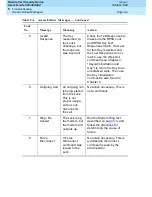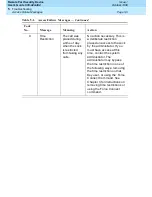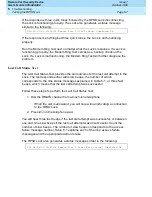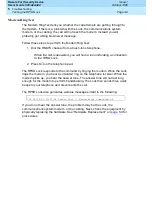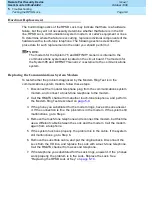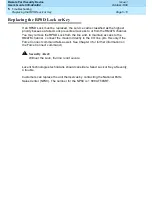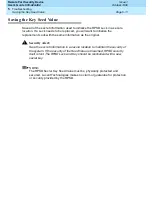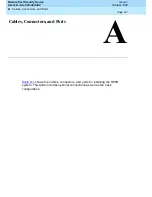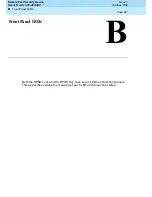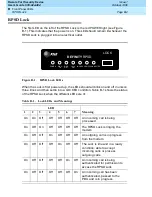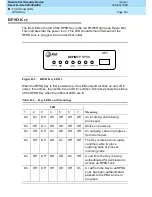
Remote Port Security Device
User’s Guide
555-024-402
Issue 1
October 1996
Troubleshooting
Page 5-6
Testing the RPSD Lock
5
Testing the RPSD Lock
There are two ways you can test the RPSD Lock to determine the cause of
access failures and the malfunctioning of the Lock or some associated piece of
hardware:
■
Built-in diagnostics
■
Hardware replacement
NOTE:
When a connection fails and the caller must get into the RMATS channel,
the system administrator can permit the access by using the Force
Connect command. See Chapter 3 for more information on the Force
Connect command.
Both of these methods require a touch-tone telephone, the first to dial into the
Lock and perform the diagnostics, the second to physically replace various
pieces of hardware.
Built-in Diagnostics
The RPSD system provides three diagnostic tests which are used to determine
the cause of access failures. These are:
■
Self-Check test
■
Last Call Status test
■
Modem Ring test
All three tests are performed by dialing the RMATS channel from a touch-tone
telephone and entering a code for the test you want by using the phone pad. The
RPSD Lock responds to the code by issuing a tone or set of tones, which are
then interpreted to determine the cause of call failure.
Self-Check Test
The Self-Check test checks the health of the RPSD Lock. Follow these steps to
perform the Self-Check test:
1. Dial the RMATS channel from a touch-tone telephone.
When the call is answered, you hear a short tone (indicating a
connection to the RPSD Lock).
2. Press
1
✱
on the telephone pad.













